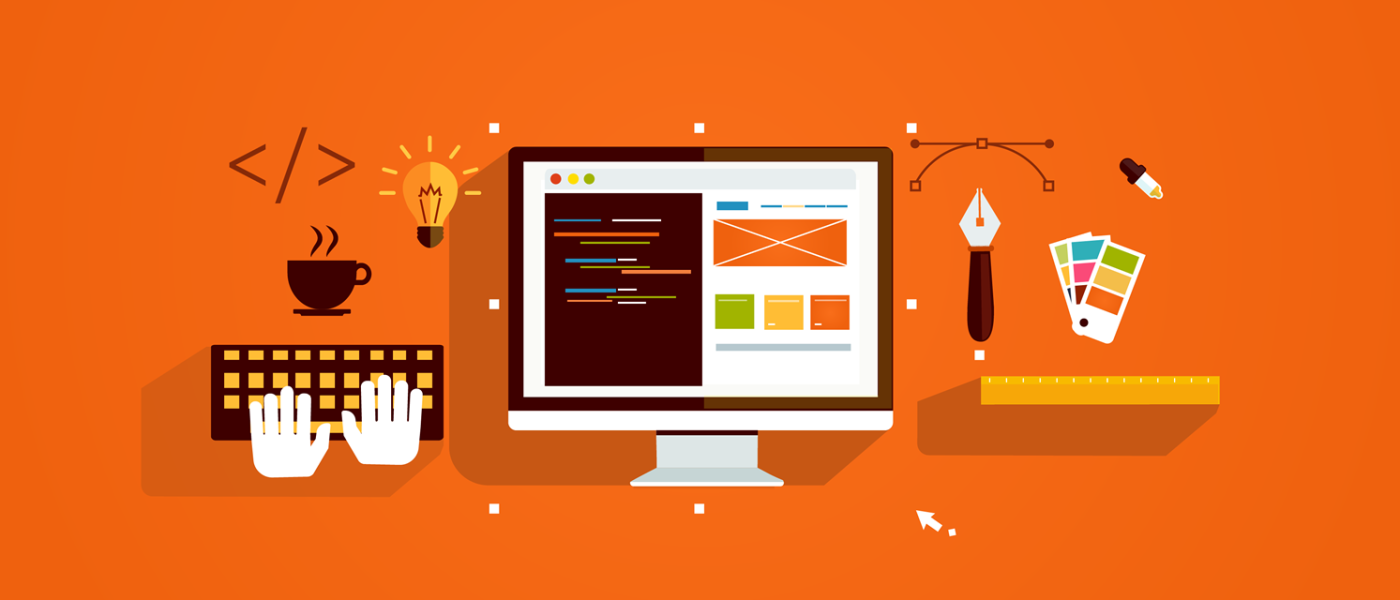The Utility of Developing a Web Design Process
When it comes to an endeavor as creative and artistic as web design, it makes sense that you wouldn’t want to burden yourself with unnecessary structure. If productivity and efficiency are important to you, however, then you’re also likely to appreciate the value in processes.
Four Stages to Include in Your Design Process
Whether you’re aware of it or not, web designers are artists. By definition, artists enjoy a lot of freedom and autonomy over the way in which they perform and create.
But until you’ve tried following a process that reins in your energy and guides you through structured creativity, you shouldn’t discount the value to be found in the process. Here are a few stages you might find worthwhile to include in your own design process; we think you’ll like the results.
1. Research
Every successful design process begins with a little research and discovery. This is when you sit down with the client and your team and start jotting down notes related to end goals, values, and the intended audience.
If the client is a brand and the product is a business-related design, you’ll also want to dig in deep and find out more about the brand’s value proposition, competing brands, customer pain points, and so on. Some of the research may seem irrelevant in the beginning, but you’ll feel much more prepared on the back end if you spend time building a strong foundation in those early stages.
2. Brainstorm
Armed with background information, you’re ready to start brainstorming. Get your team together and begin throwing out ideas and recording them.
At this point, anything goes. Don’t shoot down any idea, regardless of how ridiculous or irrelevant it may seem. Keep recording notions and proposals until they stop coming.
Once you have all the ideas jotted down, start homing in on the ones that make the most sense. You might even find opportunities to merge certain ideas.
You’ll want to finish with two or three really solid proposals that everyone can get behind.
3. Sketch and Wireframe
Next, comes the sketch and wireframing stage(s). Take these rough drafts seriously.
“In design, it’s not uncommon for a final solution to resemble one of the initial concepts, but this doesn’t make the design process itself any less valuable,” says Jerome Tave of Dialpad, a leader in business communications. “It’s crucial to have a solid handle on the process to explore alternatives, inject new ideas, and constantly learn through iteration.”
At this point, you’ll have some sketches and you can begin to see something come to life. The wireframe portion of this stage will enable you to explore some of the functionality of the designs.
By now, you should have a pretty solid idea of what you want the final product to look like.
4. Build and Test
The great thing about developing a wireframe is that there won’t be any surprises for the client. Once they’ve approved the wireframe, all you have to do is build the site based on the mold you just designed.
Issues can arise, of course, but you know what the client ultimately expects. This enables you to focus on getting it right, as opposed to wondering what your client will think. In this sense, having a process instills more confidence in your work.
Give Order to the Madness
Processes keep you on the right path and allow you to spend more time focusing on the things that matter. If you don’t currently have processes for your web design projects, now is the time to reevaluate and reconsider.
By inserting even a couple of these stages into your design process, you can finish with even better end products for yourself and your clients.
